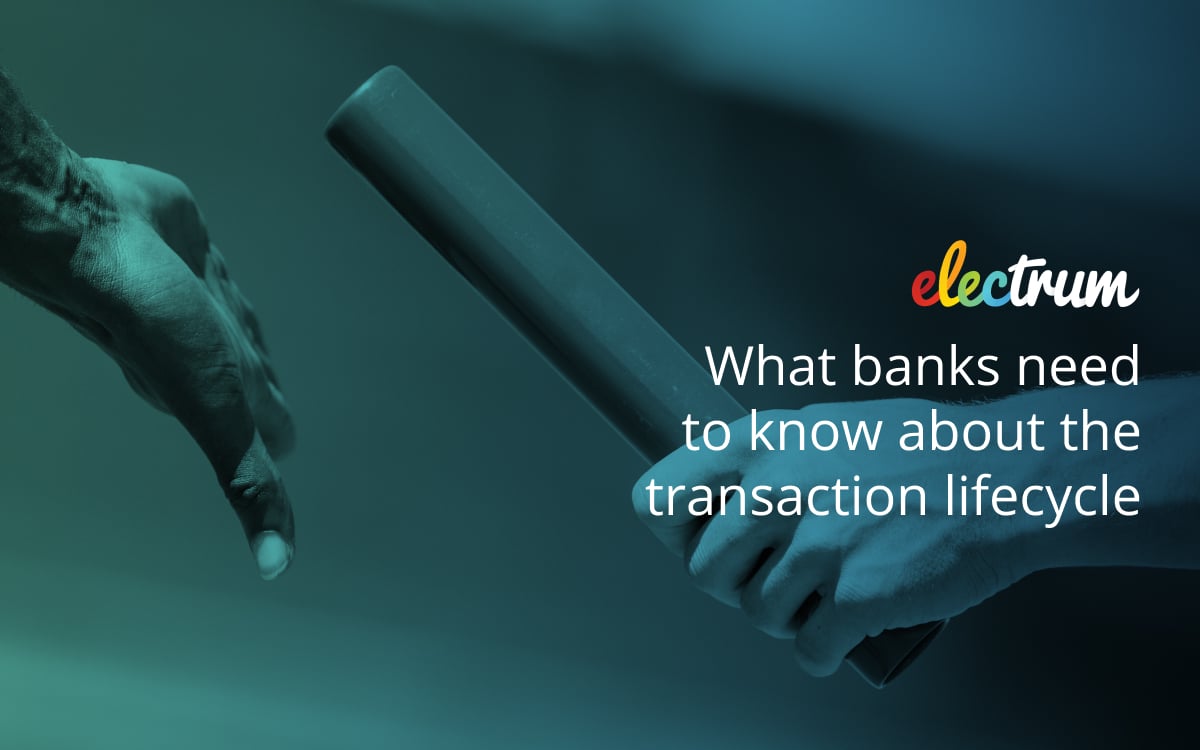
As banks offer more and more digital goods and services, operations become more complex. But there are clear business benefits to a fuller understanding of the transaction flow, from start to finish.
The range of digital goods and services offered by banks keeps growing, and customers keep taking them up in greater volumes. Not only do they constitute a competitive offering in a bank’s bouquet, they’ve become significant income generators.
As they’ve grown in importance, they’ve also grown in complexity, and it’s vital that banks understand the entire lifecycle of these digital transactions, or they risk losing revenue, letting down customers and giving up market share to competitors.
New lifestyle, new lifecycle – how digital changes banking
As transaction experts, we examine the transaction lifecycle often. Earlier this year we looked at the retailer transaction lifecycle, and now as we focus on banks, we have identified certain similarities and differences. As in retail, the siloed nature of processes inherited from the traditional banking transaction lifecycle can be a stumbling block in their digital equivalents – for example, small inconsistencies in batch processing can hold up a string of successful transactions.
Banks need to be aware of sector-specific challenges too, like high-volume customer activity on their core online and app-based banking services that may have implications for their VAS business. Systems that allow transaction processing 24/7/365 can help to avoid reputational damage and negative customer sentiment as a result of transaction failures. Fraud is another potential issue for banks offering VAS, and this needs to be considered when designing and testing systems to avoid possible losses.
Transaction lifecycle: an overview
Understanding the transaction lifecycle is the first step in designing systems that serve customers reliably and allow the bank’s digital goods and services business to thrive. It can be broken down like this:
- Configure product catalogue
- Manage access to products for various consumers
- Choose providers to route products to
- Apply transaction limits and velocity checks
- Load-balance transactions based on preferred routing and provider availability
- Produce management reports
- Reconcile transactions with providers on platform
- Review anomalies and make transactional corrections
- Produce settlement reports
Omni-channel solutions
With an understanding of the full picture of the transaction lifecycle, it’s possible to begin building appropriate systems. Electrum has worked alongside banking clients to create a transaction hub that integrates with legacy systems, allows real-time monitoring and offers recon and settlement features. It’s a system that’s omni-channel, giving banking customers access to digital goods and services via banking apps, online banking, ATMs, and even through retail partners in the case of innovative payment services.
Electrum’s transaction hub maintains a catalogue of digital goods and services, allowing banks to choose which products they want to market, and to add new ones whenever they like. Smart routing means banks can take advantage of the best commercials while ensuring system uptime should the preferred supplier of a certain service be offline.
Real-time data with real business benefits
Integrated systems like Electrum’s allow for broad access to transaction data across the many teams working within banks. A real-time console view means the bank’s Payments, USSD and App teams all have a consolidated view of internal processes. This kind of access to live information has obvious business benefits, including allowing banks to mitigate against fraud, and to react in an agile fashion in response to real-time analytics.
Integrated back-office functionality can also offer rolling, real-time reconciliation, transaction matching, fee calculation, exception handling, and settlement reporting. It’s even able to handle limit-checking on transactions, reducing the instances of fraud.
Banks have had years to master the ins and outs of traditional payments. Now, with a fast-changing digital environment to compete in, there are new processes to consider if they want to fully capitalise on the business potential digital goods and services offer.
If you’d like to see how Electrum can get the most from your transaction lifecycle, speak to us.
Electrum Software
Electrum is the next-generation payments software company, powering payments for banks and retailers. Since 2012, we have established ourselves as a respected software partner through our deep expertise and track record in delivering trusted cloud-native payments solutions.
Electrum Newsletter
Quarterly insights and news to help you keep up with the latest changes in the payments landscape







